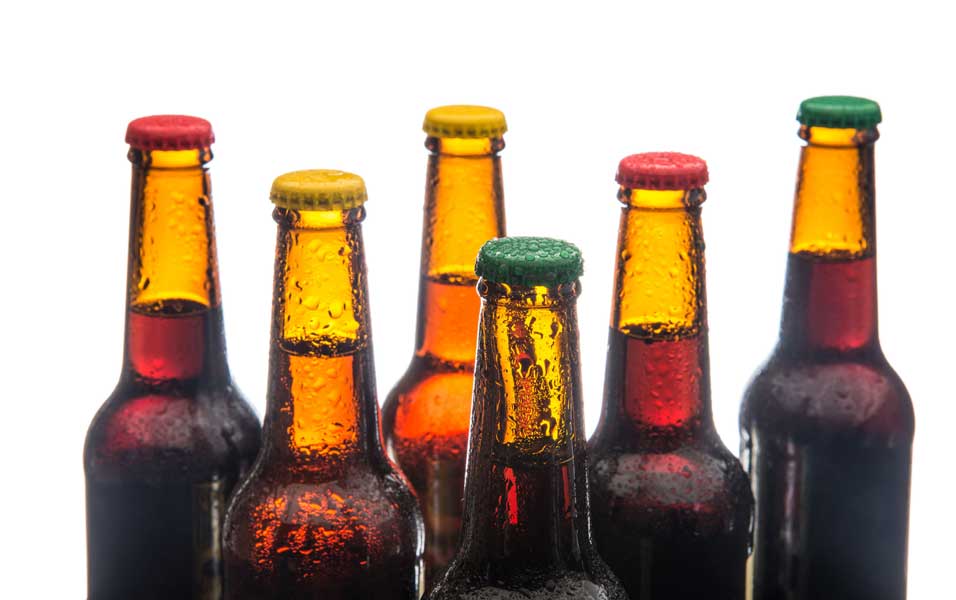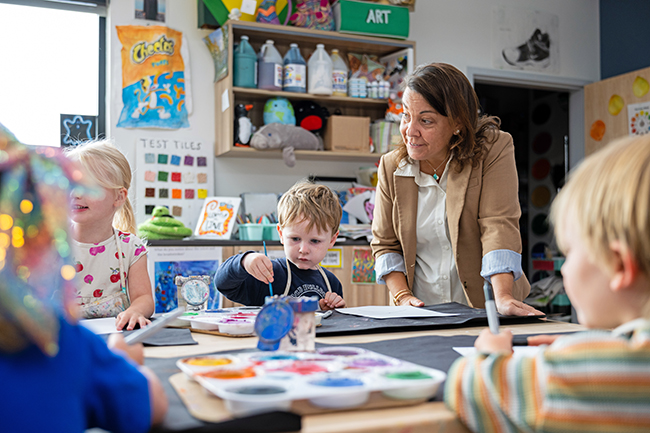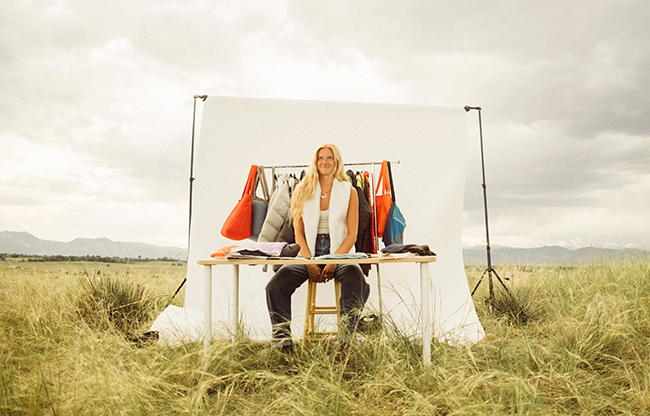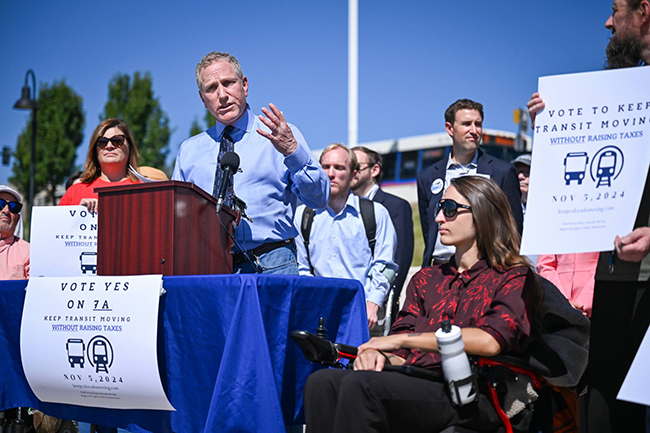12 Questions for Louis Psihoyos
05 Jun 2015
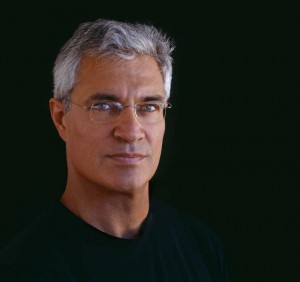 I see what’s going on environmentally, certainly with the oceans—that we are set to lose 25 percent of the species in the oceans by the year 2100, because all of the coral reefs will be dissolved by then or in a severe state of dissolving. Time is running out. There’s an urgent need for people to see Racing Extinction and the next film [The Game Changers, about top athletes who are vegans] so we can start evolving quickly. It’s a call to action.
The issue with a film is that you have to make it entertaining. I try not to make myself all about doom and gloom. I want it to feel like there’s hope, that things can evolve. There’s a lot of motivation. I think everyone wants to leave the world a little bit better, and I don’t think we’re doing that right now. We’re leaving a degraded environment for each successive generation. I’d like to help have a hand in at least slowing it down, if not putting a stop to it.
When you started at National Geographic, did you realize that you would see devastation, or did you think you would be looking for the beauty only?
Actually, the first story I did was for a special issue on energy that came out, I think, in 1981. I was sent up to Wyoming to do a story on the Powder River Basin. You could see the ranchlands being given over to the big Powder River coal seam, so you saw the devastation going on. I saw the future and it wasn’t going to be pretty.
And the first story I did for the “yellow magazine” was on garbage. Back then there was only one mandatory recycling program in all of America, and the story I proposed was called “Urban Ore,” to give people an idea that what we were throwing away was actually very valuable. It became a cover story. About 44 million people saw it. I don’t want to give the illusion that because I did this article the world changed, but it certainly became one more piece of it. When you start to see images on something controversial, like garbage on the cover of your favorite magazine, it changes the way you think about garbage. For a lot of people it was the first salvo into the public consciousness that trash has value. And now I’m really proud when I go to an office anywhere in the world and see recycling bins under almost every desk, and I feel like I had kind of a hand in that. I could see how a good story and imagery could change the world.
How did you make the transition from magazine photography to environmental filmmaking?
I have got to give a lot of credit to my friend Jim Clark. He’s a remarkable man who started Silicon Graphics, Web MD and Netscape, the first Internet browser. I met him as I stopped working for National Geographic and was doing a lot of covers for Fortune magazine, shooting people who make too much money. Jim was building a boat at that time that had the world’s tallest mast, and it was over in Holland. One day absolutely changed my life because I met this guy who was a visionary. He was like the Steve Jobs of my era. Jim invented the first 3-D graphics engine that allows you to create things on a computer in real time. That brought in the advance of CAD cams. The world we have today couldn’t have been imagined without his advances.
Anyway, this guy becomes my dive buddy, and he said, “Louie, would you teach me how to be a good photographer?” and I said, “Jim, I’ll teach you how to be a great one if you can teach me how to be a billionaire.” And he would pick me up at Jeffco [the former Jefferson County Airport, now named Rocky Mountain Regional Airport] in his Gulfstream and we would fly around the world and we’d go on his boats and we’d take pictures, mostly underwater. I think it was the third time we were at the Galapagos and we saw a fisherman illegally long-lining in a marine sanctuary, and Jim said, “Who should do something about this?” and I said, “How about you and I? We’ll use your money and my eye and we’ll make films.”
And that was the beginning of OPS, the Oceanic Preservation Society. He did the first four years of funding, and the first film we did was The Cove. I didn’t know how to make a film back then. I took a three-day crash course in Boulder in how to make a film before I went to Japan [to film The Cove.]
I see what’s going on environmentally, certainly with the oceans—that we are set to lose 25 percent of the species in the oceans by the year 2100, because all of the coral reefs will be dissolved by then or in a severe state of dissolving. Time is running out. There’s an urgent need for people to see Racing Extinction and the next film [The Game Changers, about top athletes who are vegans] so we can start evolving quickly. It’s a call to action.
The issue with a film is that you have to make it entertaining. I try not to make myself all about doom and gloom. I want it to feel like there’s hope, that things can evolve. There’s a lot of motivation. I think everyone wants to leave the world a little bit better, and I don’t think we’re doing that right now. We’re leaving a degraded environment for each successive generation. I’d like to help have a hand in at least slowing it down, if not putting a stop to it.
When you started at National Geographic, did you realize that you would see devastation, or did you think you would be looking for the beauty only?
Actually, the first story I did was for a special issue on energy that came out, I think, in 1981. I was sent up to Wyoming to do a story on the Powder River Basin. You could see the ranchlands being given over to the big Powder River coal seam, so you saw the devastation going on. I saw the future and it wasn’t going to be pretty.
And the first story I did for the “yellow magazine” was on garbage. Back then there was only one mandatory recycling program in all of America, and the story I proposed was called “Urban Ore,” to give people an idea that what we were throwing away was actually very valuable. It became a cover story. About 44 million people saw it. I don’t want to give the illusion that because I did this article the world changed, but it certainly became one more piece of it. When you start to see images on something controversial, like garbage on the cover of your favorite magazine, it changes the way you think about garbage. For a lot of people it was the first salvo into the public consciousness that trash has value. And now I’m really proud when I go to an office anywhere in the world and see recycling bins under almost every desk, and I feel like I had kind of a hand in that. I could see how a good story and imagery could change the world.
How did you make the transition from magazine photography to environmental filmmaking?
I have got to give a lot of credit to my friend Jim Clark. He’s a remarkable man who started Silicon Graphics, Web MD and Netscape, the first Internet browser. I met him as I stopped working for National Geographic and was doing a lot of covers for Fortune magazine, shooting people who make too much money. Jim was building a boat at that time that had the world’s tallest mast, and it was over in Holland. One day absolutely changed my life because I met this guy who was a visionary. He was like the Steve Jobs of my era. Jim invented the first 3-D graphics engine that allows you to create things on a computer in real time. That brought in the advance of CAD cams. The world we have today couldn’t have been imagined without his advances.
Anyway, this guy becomes my dive buddy, and he said, “Louie, would you teach me how to be a good photographer?” and I said, “Jim, I’ll teach you how to be a great one if you can teach me how to be a billionaire.” And he would pick me up at Jeffco [the former Jefferson County Airport, now named Rocky Mountain Regional Airport] in his Gulfstream and we would fly around the world and we’d go on his boats and we’d take pictures, mostly underwater. I think it was the third time we were at the Galapagos and we saw a fisherman illegally long-lining in a marine sanctuary, and Jim said, “Who should do something about this?” and I said, “How about you and I? We’ll use your money and my eye and we’ll make films.”
And that was the beginning of OPS, the Oceanic Preservation Society. He did the first four years of funding, and the first film we did was The Cove. I didn’t know how to make a film back then. I took a three-day crash course in Boulder in how to make a film before I went to Japan [to film The Cove.]
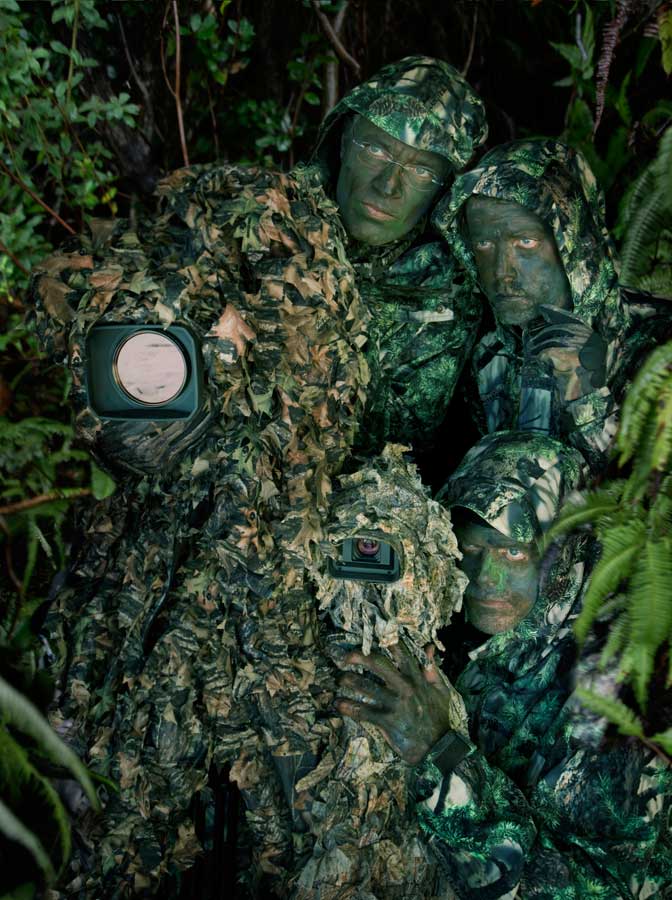
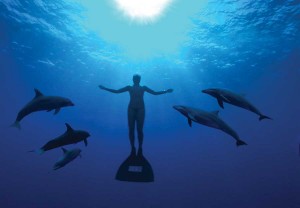
Interview by Tanya Ishikawa photos courtesy oceanic preservation society Tanya Ishikawa is a CU-Boulder graduate who contributes regularly to Brock Media magazines. She also makes documentary films, participates in environmental activism, edits magazines and books, and supports her son, Canyon, in all his creative endeavors.


